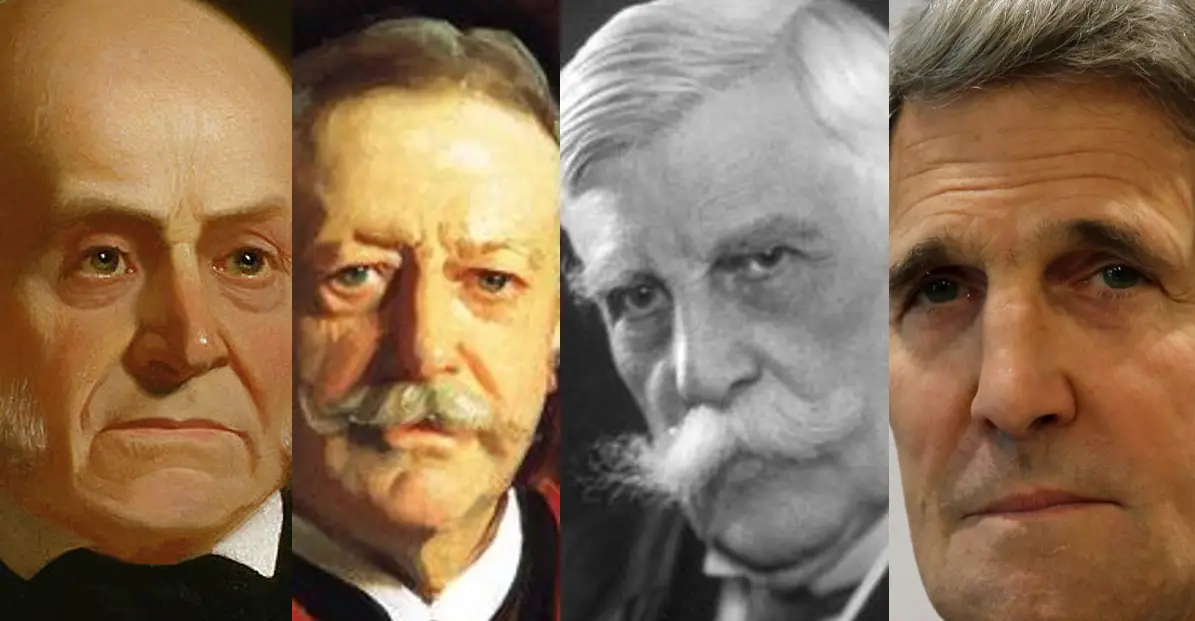The Boston Brahmin, a term coined by Oliver Wendell Holmes in 1861, refers to the elite group of families who dominated the social, cultural, and economic landscape of Boston, Massachusetts, for over two centuries. These influential families, including the Lowells, Cabots, and Adamses, played a significant role in shaping the city’s history, from its early colonial days to the present. In this article, we will delve into the history of the Boston Brahmin migration, exploring their origins, rise to prominence, and the factors that contributed to their decline.

Origins and Early Settlement (1600s-1700s)
The Boston Brahmin’s story begins in the early 17th century, when English Puritans settled in the Massachusetts Bay Colony. These early settlers, including families like the Winslows and the Cottons, were primarily merchants, traders, and clergy who sought to establish a new life in the New World. They brought with them their English customs, traditions, and values, which would eventually shape the distinct culture of the Boston Brahmin.
As the colony grew, so did the influence of these early families. They established trade relationships with other colonies and Europe, amassing wealth and power. The Boston Brahmin’s mercantile and maritime pursuits laid the foundation for the city’s future growth and prosperity. By the 1700s, Boston had become a thriving commercial center, with the Brahmin families at its helm.
Rise to Prominence (1700s-1800s)
The Boston Brahmin’s ascendancy to prominence was facilitated by their strategic marriages, business partnerships, and civic engagement. They intermarried with other influential families, creating a complex web of relationships that reinforced their social standing. The Brahmin families also invested in education, establishing institutions like Harvard University, which became a bastion of their intellectual and cultural pursuits.
The American Revolution marked a significant turning point in the Boston Brahmin’s history. Many Brahmin families, such as the Adamses and the Otises, played key roles in the Revolution, with some serving as soldiers, politicians, or diplomats. Their participation in the war effort cemented their status as leaders in Boston society.
Cultural and Intellectual Achievements (1800s-1900s)
During the 19th and early 20th centuries, the Boston Brahmin made significant contributions to American culture and intellect. They were patrons of the arts, supporting writers, artists, and musicians. The Brahmin families also founded many of Boston’s iconic cultural institutions, including the Boston Athenaeum, the Museum of Fine Arts, and the Boston Symphony Orchestra.
Notable Boston Brahmin figures, such as Ralph Waldo Emerson, Henry James, and William James, shaped American literature and philosophy. Their writings and ideas continue to influence contemporary thought, from transcendentalism to pragmatism. The Boston Brahmin’s commitment to education and intellectual pursuits helped establish Boston as a hub of learning and innovation.
Decline and Legacy (1900s-Present)
The Boston Brahmin’s decline began in the early 20th century, as their traditional sources of power and influence began to erode. The rise of new industrial and commercial elites, coupled with the decline of the mercantile and maritime industries, reduced the Brahmin families’ economic dominance. Additionally, the Great Depression and World War II further weakened their social and cultural standing.
Today, the Boston Brahmin’s legacy can be seen in the city’s architecture, institutions, and cultural traditions. Many of the families’ historic homes, such as the Lowell House and the Cabot House, have been preserved and now serve as museums or cultural centers. The Boston Brahmin’s commitment to education and the arts continues to shape the city’s cultural landscape.
FAQs
- Who were the Boston Brahmin?
The Boston Brahmin were a group of elite families who dominated the social, cultural, and economic landscape of Boston, Massachusetts, for over two centuries. - What were the key factors that contributed to the Boston Brahmin’s rise to prominence?
Strategic marriages, business partnerships, and civic engagement facilitated the Boston Brahmin’s ascendancy to prominence. - What were some notable cultural and intellectual achievements of the Boston Brahmin?
The Boston Brahmin made significant contributions to American culture and intellect, including literature, philosophy, art, and music. - What led to the decline of the Boston Brahmin?
The decline of the mercantile and maritime industries, the rise of new industrial and commercial elites, and the impact of the Great Depression and World War II contributed to the Boston Brahmin’s decline. - What is the legacy of the Boston Brahmin?
The Boston Brahmin’s legacy can be seen in the city’s architecture, institutions, and cultural traditions, including their historic homes, cultural institutions, and commitment to education and the arts.
Conclusion
The Boston Brahmin migration, spanning over two centuries, has left an indelible mark on the city’s history and culture. From their early settlement in the Massachusetts Bay Colony to their rise to prominence and decline, the Boston Brahmin families have shaped the city’s social, cultural, and economic landscape. Their commitment to education, the arts, and intellectual pursuits has created a lasting legacy, evident in the city’s iconic institutions and cultural traditions. As Boston continues to evolve, the Boston Brahmin’s story serves as a reminder of the power of family, tradition, and innovation in shaping the city’s identity and future.
Closure
Thus, we hope this article has provided valuable insights into The Boston Brahmin Migration: A Historical Journey. We thank you for taking the time to read this article. See you in our next article!

